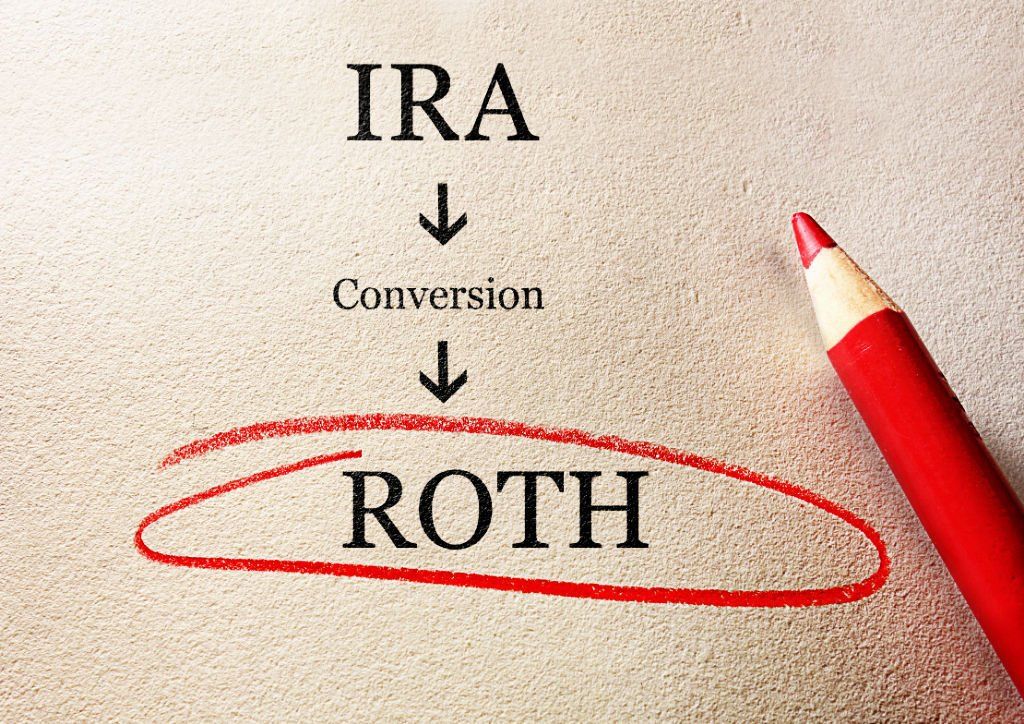What is Safety-First Retirement Planning?

| I just finished reading Dr. Wade Pfau’s 3rd book in a series of books on retirement planning, entitled Safety-First Retirement Planning: An Integrated Approach for a Worry-Free Retirement . Let me try to summarize it for you and give you some of my thoughts at the end. The safety-first approach to retirement planning is differentiated from the more familiar probability-based models. His previous book on probability-based retirement planning is entitled How Much Can I spend in Retirement? A Guide to Investment-Based Retirement Income Strategies . Whereas probability-based models are based more on the growth and income from stocks and bonds, safety-first models are based more on risk-pooling. Note: In practice, both approaches typically use stocks, bonds and risk pooling (since Social Security is a form of risk pooling). It is more a matter of degree. Sign up to receive my free monthly email articles on retirement planning--no cost, no obligation . |

What is Risk Pooling?
What is risk pooling? Risk pooling is what a large entity like the government or insurance companies can do to spread risk over a large number of participants within the group. The two risks that are of greatest concern to retirees are sequence risk and longevity risk. Sequence risk (aka sequence-of-return risk) is the risk of a bear market early in retirement crippling your spending for life. Longevity risk is the risk of outliving your money. For more on sequence risk, see my PDF book "How to Invest in Stocks and Bonds in Retirement. "
Safety-first planning attempts to shift or diversify more of this risk from retirees to an insurance company by using a guaranteed lifetime income annuity. Insurance companies can make the promise of a stable lifetime income knowing that some of their retirees will live longer than average and some will die at an earlier age. Risk pooling allows an averaging of these large numbers by the insurance company that individual retirees cannot do for themselves.
Notice Social Security’s life expectancy calculator gives average numbers, which may not be close to your actual life span. What if you live longer than average?
Income annuities are much like a traditional defined-benefit company pension plan or Social Security, allowing for lifetime retirement income rather than taking a chance on the markets and interest rates.

History of Safety-First Approach
The safety-first approach was originated in the 1920s in the research of people like Frank Ramsey and Irving Fisher. More recently, Nobel Prize winners such as Paul Samuelson, Robert Merton, Franco Modigliani, and William Sharpe have examined these models.
The safety-first approach is advocated by Professor Zvi Bodie from Boston University, who wrote popular books such as Worry-Free Investing and Risk Less and Prosper .
The method places a great emphasis on prioritizing your
goals and then matching those goals (liabilities) with your investments
(assets).
Prioritize Your Goals
The safety-first approach carefully prioritizes retirement goals and the investment strategy attempts to match the risk characteristics of your assets and goals.
In accord with this theory, Jason Branning and M. Ray Grubbs have delineated a funding priority for retiree liabilities. Essential needs are the top priority, then a contingency fund, then funds for discretionary expenses, and finally a legacy fund.
They illustrate their funding priorities with a pyramid. Notice it builds from the bottom to properly fund each goal before moving up to the next.
Figure 1. Modern Retirement Theory by Jason K. Brannon, CFP and M. Ray Grubbs, Ph. D. www.modernretirementtheory.com
Match Your Investments with Your Goals
If the purpose of saving and investing is to fund spending during retirement, then spending liabilities as described in the pyramid above must be properly matched.
The safety-first idea is that hedging and insurance should be used for the most basic needs. Hedging means holding individual bonds to maturity, and insurance means using income annuities as a solution for longevity and market risk.
Stocks can then be used to meet discretionary and legacy (i.e., inheritance) goals. Basically, assets are matched to goals so that the risk and cash flow characteristics are comparable.
For essential spending and contingency (i.e., emergency) funding at the bottom of the pyramid, the assets used should be “secure, stable, and sustainable.” Funding options can include Social Security, defined-benefit pensions, low-risk bond ladders, and guaranteed lifetime income annuities.
As Dr. Pfau words it,“The idea is to first build a floor of very low-risk guaranteed income sources to serve your basic spending needs in retirement (or, as Moshe Milevsky says, “pensionize your nest egg”). Once there is a sufficient floor in place, you can focus on upside potential. With any remaining assets, you can invest and spend as you wish. Since this extra spending (such as for nice restaurants, extra vacations, etc.) is discretionary, it won’t be the end of the world if you must reduce spending at some point. You still have your guaranteed income floor in place to meet your basic needs no matter what happens.”
With the safety-first school of thought, income annuities are especially beneficial because of their ability to provide longevity protection through risk pooling. You don’t know the age of your death and there is a large distribution of actual lifespans around the average. As an individual retiree, you cannot self-insure to protect from longevity risk, and annuitization gives you a guaranteed income for what may be a long lifespan.
Because the annuity provider can pool the longevity risk over a large number of retirees, they can make payments at a higher rate, and especially in a low-interest-rate environment. Whereas a retiree seeking to self-annuitize should probably assume a time horizon extending well beyond the average life expectancy in case she lives much longer than the average. This worse-case longevity planning means the retiree must spend less than if they had shifted that risk by using a lifetime income annuity.
The strategy goes on to recommend that the portion of your retirement assets that are annuitized should be counted as part of your bond allocation. This allows you to invest more of your remaining retirement nest-egg in stocks for long-term growth. This guaranteed floor of income can allow the conservative retiree to not miss out on stock market growth while knowing he will not run out of money for essential needs.
Much more could be said, but this gives you the gist of the approach. Let me now give you some of my thoughts.

My Thoughts
- I agree that maintaining liquidity is vital so that unexpected spending shocks do not disturb the retirement income plan. A contingency fund should indeed be the next priority after essential needs are met.
- I agree that most retirees should have some income that is guaranteed for life (in the event of living a very long time).
- Most retirees have Social Security which is a guaranteed-for-life annuity with a cost-of-living adjustment. So Social Security can accomplish much, if not all, of what this safety-first approach aims for.
- Delaying Social Security for a higher lifetime income is another step in the safety-first direction.
- Many retirees have guaranteed lifetime pensions which also serve to mitigate longevity risk.
- Some retirees have rental income, which can also be considered a lifetime annuity -- with inflation protection--though not guaranteed.
- For those with essential spending needs above their Social Security income and company pensions, etc, it could make sense to carve out a portion of your retirement assets for a lifetime annuity. This could be especially appealing to cautious retirees who are concerned about longevity risk and stock market risk. Having a guaranteed income floor that meets essential spending needs could psychologically allow you the peace of mind to invest more of your remaining assets in long-term growth investments like stocks.
- Retirees should avoid simpleton advice that says all annuities are bad. Also avoid insurance salesmen who push annuities that make them a big commission from products that may not be best for you. The free dinner you get for attending one of their seminars could be the most expensive meal you have ever bought! See my paper, “ Annuities: The Good, the Bad, and the Ugly ”.
- If you consider a guaranteed lifetime income annuity, look at deferred, no-commission annuities, with no surrender charges, that allow a return of principal (minus fees and withdrawals). This is usually preferable to committing to a single premium immediate annuity (SPIA). By using a deferred, no-load, variable annuity with a guaranteed withdrawal benefit, you can lower your longevity risk without technically "annuitizing".
- Finally, you should consider other important factors such as inflation, taxes, RMDs, and inheritance goals.
Careful planning can help you balance your individual lifestyle, longevity, liquidity, and legacy goals. There is no one-size-fits-all approach. Speak to a fiduciary, fee-only, no-commission, financial advisor who specializes in retirement planning.


Travis Echols , CRPC®, CSA
Receive free Social Security Guide by email
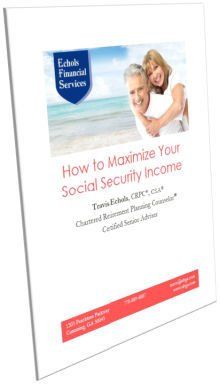
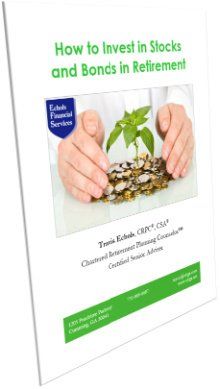
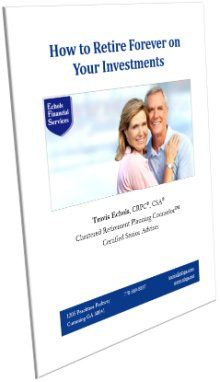
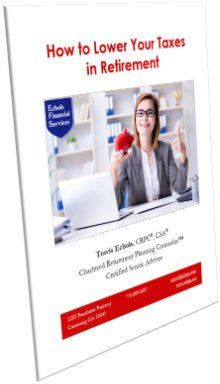
Investment Advisory Services offered through JT Stratford, LLC. JT Stratford, LLC and Echols Financial Services, LLC are separate entities.






